
Nothing says ‘good morning’ quite like a herd of elephants surrounded by a golden haze. Such scenes have the ability to fulfil us on a deeper level and often words just aren’t enough to convey their true magic. The Mara is unique in so many ways; it is a land of wonder and every so often, heaven reveals itself for a brief moment. In times like these, I’m grateful for the gift of photography which allows me to capture these fleeting moments, preserving their magic forever.

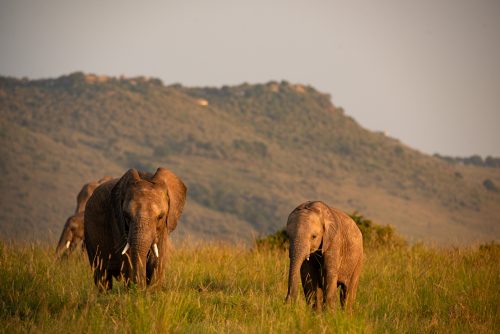
The highlight of this week was bumping into Doa, one of the Bila Shaka brothers who spends most of his time in the Greater Reserve. Doa directly translates to ‘stain’, a name he was given due to a distinctive spot in his left eye, which makes it quite easy to identify him. While it’s always exciting to see Doa, this sighting stood out from the rest. He walked along the main road for over 300m giving us a real show. His confidence displayed as he walked between vehicles without a care in the world.
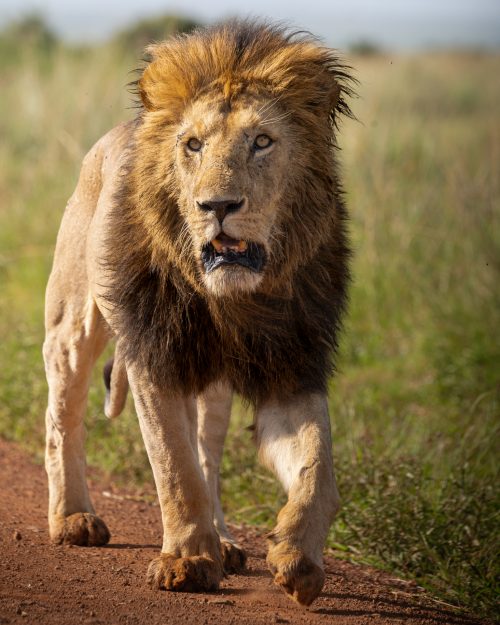
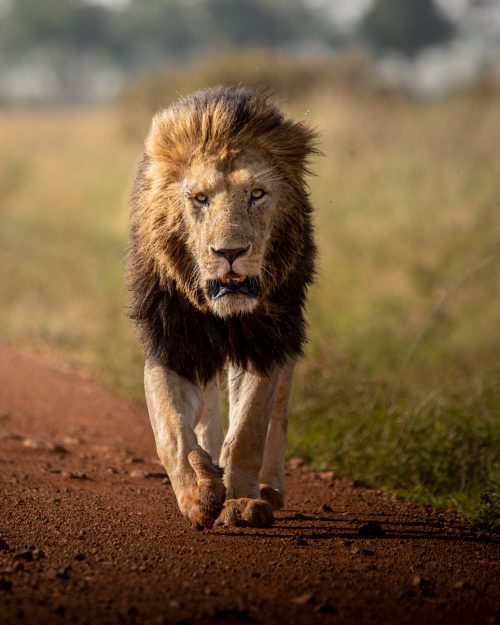

He’s one of the few Bila Shaka boys with a thick mane and looks like he is at the top of his game. Dark manes are typically status symbols for lions in the wild, indicating higher levels of testosterone and dominance, even giving him the edge when it comes to winning over females. However on this particular morning, he was looking rather rough, with chunks of mud stuck in his mane, almost like he had gotten into a fight the previous night. I guess they weren’t lying about dark manes.
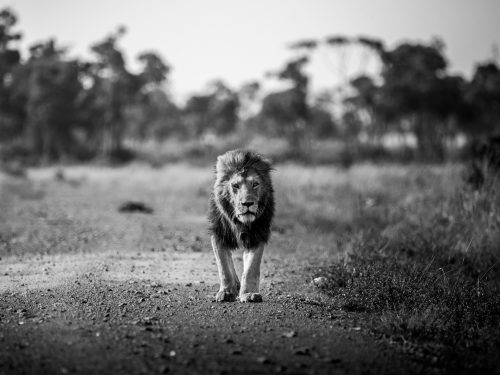
My obsession with photographing the sky seems to grow by the day, I’m slowly learning to incorporate more by opting for wider angles. This way, it brings me closer to fully depicting the true beauty of any given scene, without omitting any important elements. With the seasonal rains slowly arriving, there are numerous opportunities to capture the vast skies. They are a marvel on their own, but combined with an ideal subject, they are a photographer’s dream come true.
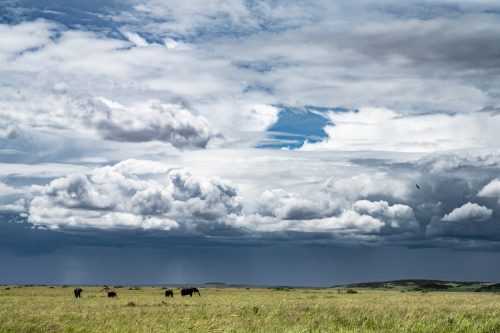
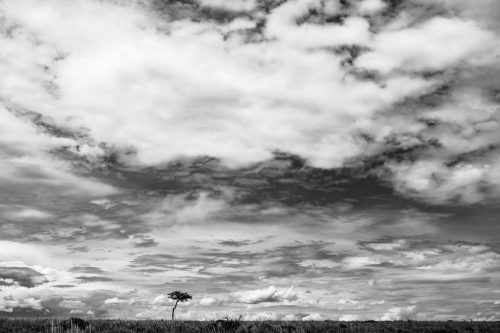

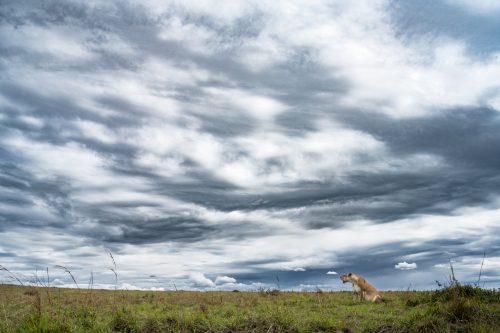
Again, luck seemed to be on our side, as we bumped into Shujaa yet again, this time by the banks of the Mara River. However, we only had a few seconds with him before he vanished into the thick vegetation, only allowing me to sneak in a a few side-profile shots. However, these truly put into perspective just how large he is. The loose skin on his neck is referred to as a dewlap and is only present in male leopards. Well-developed dewlaps are found in older males and get larger with age. He’s evidently flaunting his dewlap with confidence.
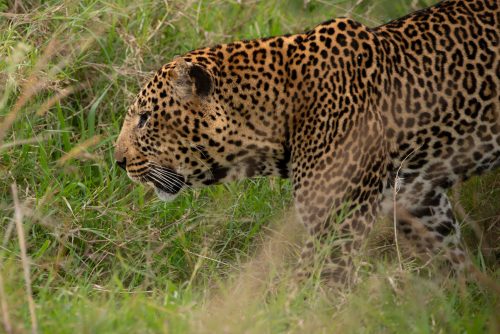
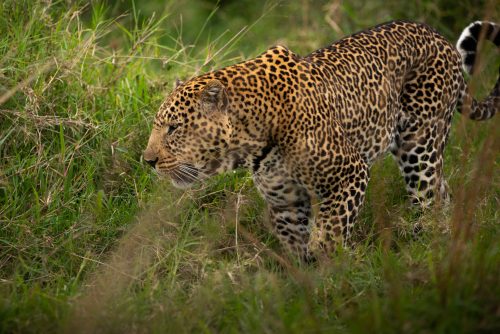
Resilience is plentiful in the wild and animals have an incredible capacity of dealing with adversity. These two are the perfect examples and even with one eye, they are still thriving.

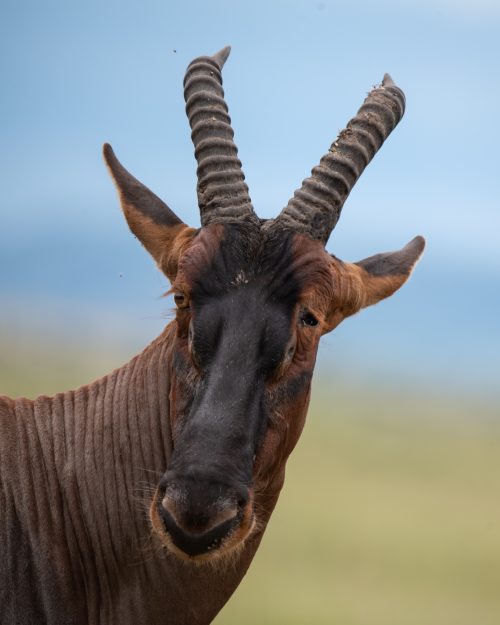
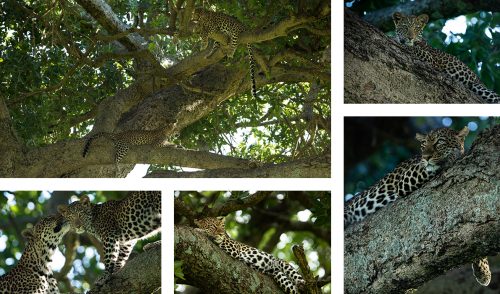
This time last year, Adam was treated to a spectacular, possibly first-ever, sighting of a leopard hoisting an ostrich carcass into a fig tree for her and her cub to enjoy.
Filed under: This Week at Angama
Subscribe for Weekly Stories
Comments (0):
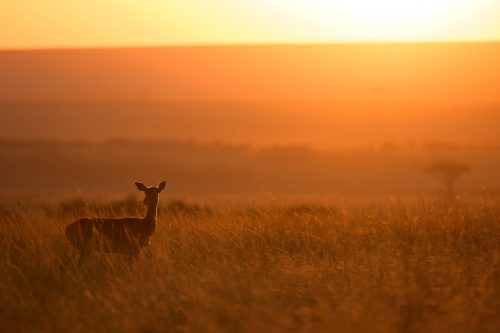
Rates & Availability